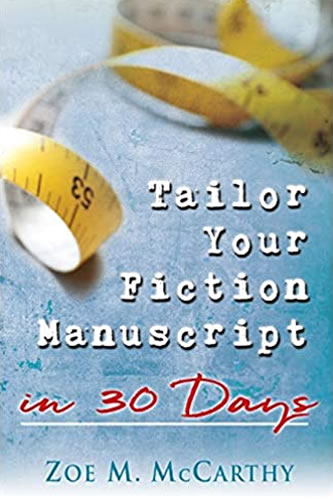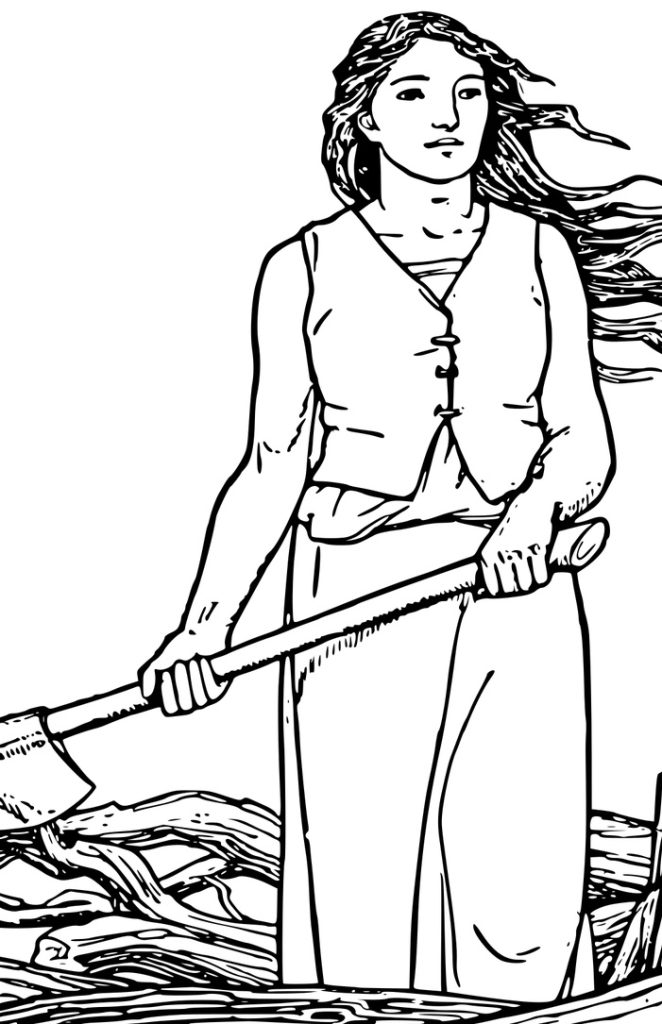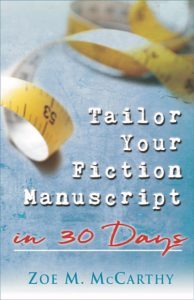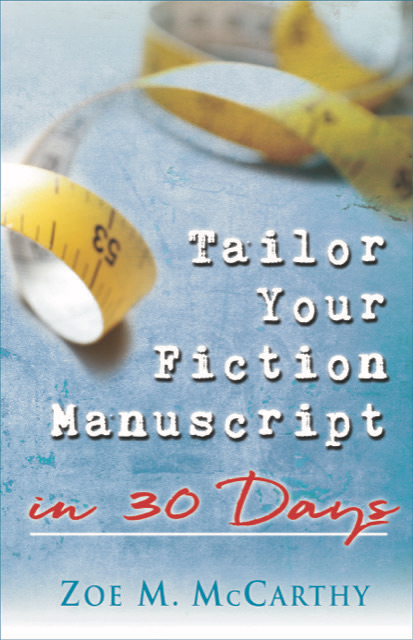
Zoe McCarthy’s book, Tailor Your Fiction Manuscript in 30 Days, is a fresh and innovative refocusing of your novel or novella. Through a few simple—and fun—steps, Zoe helps writers take their not-ready-for-publication and/or rejected manuscripts to a spit-polish finish. Writing is hard work, yes, but it doesn’t have to be difficult.—Eva Marie Everson, best-selling and award-winning author, conference director, president of Word Weavers International, Inc.
See more about the book at the end of the post.
It’s work, but we need to do justice to characters who were on center stage in Book 1 and now play minor rolls in Book 2. This is especially true for romances, when a different couple falls in love in Book 2, and Book 1’s characters are now living their happily ever after.
My new motto is “Bring ‘em back alive.”
I want to get more than eye and hair color right. I want readers to think, “Oh, I’ve missed you and your funky habits. So glad you could stop by.”
Of course, it’s important to get their physical description right. Ditto for descriptions of places they return to in Book 2. So, I’ve made a list of possible information needed about those passé characters to keep them alive and assure their traits, habits, and dialogue are the same. I’ll do the same for settings from Book 1 to Book 2.
Book 1 Character Checklist for Book 2
Make sure you have these right in Book 2:
- Drink and food preferences.
- Coffee and how they like it
- Sweet or Unsweet tea
- Soda: cola, fruity, diet
- Favorite or unfavorite foods
- Mannerisms and habits
- Fist bumps
- Brushes hair behind the ear
- Etc.
- Dialogue
- Voice is the same. (The way the character’s personality comes through her speech.)
- Words they often used in Book 1
- Word usage: If she said “sofa” in Book 1, don’t have her say, “couch” in Book 2.
- Friends and Family
- Children’s names and ages
- Spelling of names
- Ages advanced forward correctly from Book 1
- Other
- Clothes style (unless they had some sort of transformation in Book 1.)
- Height and hair and eye color
- Vehicles – type and color
- Pets (In Book 2, I almost forgot to have the dog greet the protagonist at the door of Book 1’s protagonist.)
Book 1 Setting Checklist for Book 2
- Homes
- Position of rooms
- Number of bedrooms and bathrooms
- Furniture and wall colors
- Restaurants
- Set up
- Menu items
- Characters order some of their favorite dishes from Book 1
- City, whether fictional or actual
- Distances from where characters live
- Street names
- Buildings positions and names
What other unintentional changes have you seen in series?

If you want to increase your chance of hearing yes instead of sorry or not a fit for our list at this time, this book is for you. If you want to develop stronger story plots with characters that are hard to put down, this book is for you. Through McCarthy’s checklists and helpful exercises and corresponding examples, you will learn how to raise the tension, hone your voice, and polish your manuscript. I need this book for my clients and the many conferees I meet at writer’s conferences around the country. Thank you, Zoe. A huge, #thumbsup, for Tailor Your Fiction Manuscript in 30 Days. —Diana L. Flegal, literary agent, and freelance editor











 RSS - Posts
RSS - Posts